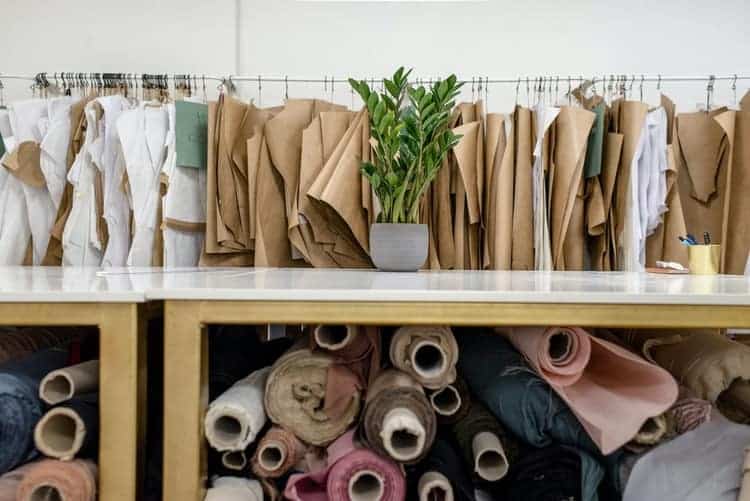Just about every industry was impacted by the pandemic (either negatively or positively), and the fashion industry took its fair share of curveballs. However, although we are emerging from one of the most restrictive and economically challenging periods in recent history, the impact is still making itself known and will continue to do so for many years. Combine this with the societal and cultural shifts that are dominating the headlines, including the fight against climate change, and it is apparent that the fashion industry may never be quite the same again. Here are four of the biggest trends that have emerged in the fashion industry this year.
- Breaking gender stereotypes and boundaries
The way society perceives gender and sexual identity is evolving, and while there is still a long way to go in many ways, there has been a definite shift towards gender-neutral fashion. Without the ‘rules’ about which clothes are appropriate for certain genders, who can wear make-up or jewelry and who cannot, or whether certain body types are ‘allowed’ to show more skin than others, fashion is becoming much more fluid. There are an increasing number of celebrities and clothing brands embracing body positivity and acceptance in their approach. This also extends to more people pursuing individuality in their image by choosing tailor made or personalized clothing such as custom Converse.
- A preference for practicality and comfort
Many people who used to put fashion before comfort had an epiphany of sorts during lockdown. Why did they spend so much of their time wearing uncomfortable clothes simply because they were on-trend? This year, there has been an increase in demand for casual and comfortable clothing, and not just when choosing loungewear, which is largely due to the increased amount of time we have spent in our homes. We have also been unable to go out to socialize. In addition, with so many being financially impacted by the pandemic, consumers are spending more on comfortable clothes that will serve them in a variety of situations.
- Spotlight on brand ethics and responsible practices
During the pandemic, some clothing brands hit the headlines because their CEOs decided to take a huge pay-cut to ensure they could continue to employ staff in their temporarily closed stores. On the other hand, brands that were found to be putting profits before their employees have suffered greatly in terms of PR. Another possible factor to consider is that consumers are more aware than ever before of the impact that throwaway fashion has on carbon emissions. If we want to save our planet, we need to embrace more sustainable manufacturing practices and buy higher-quality clothing that will last longer.
- More relaxed workwear
Another consequence of the pandemic is that many people had to work from home, and a high number of those people are likely to continue to do so on at least a part-time basis. This has led to people questioning which elements of traditional working practices are relevant in modern society. If we do not need to physically be in the office, do we need to dress in a suit and tie when we are sat behind a desk? Many brands have brought in more casual workwear policies for this reason, adopting a ‘dress for the day’ approach.

